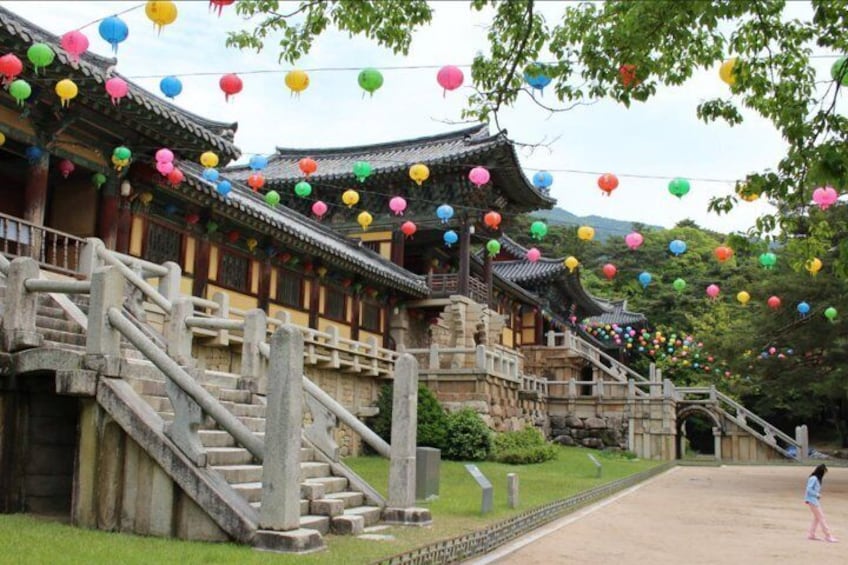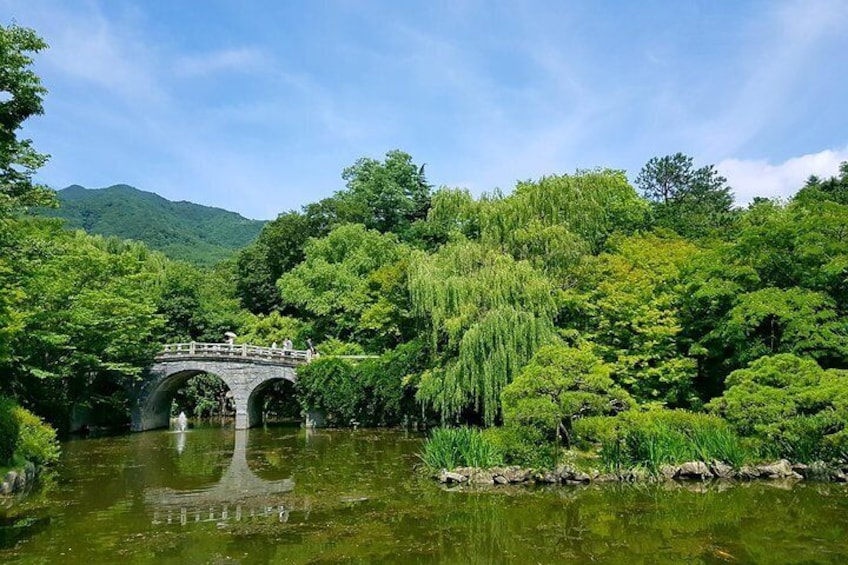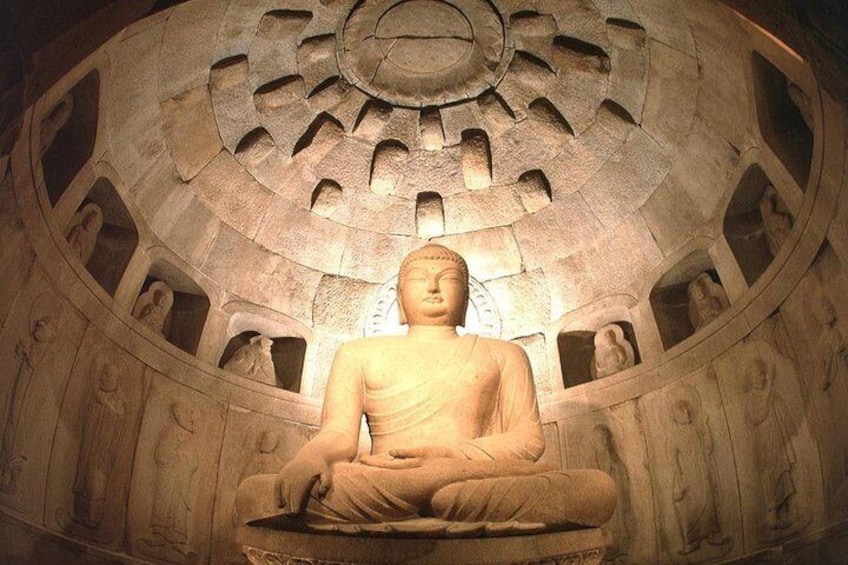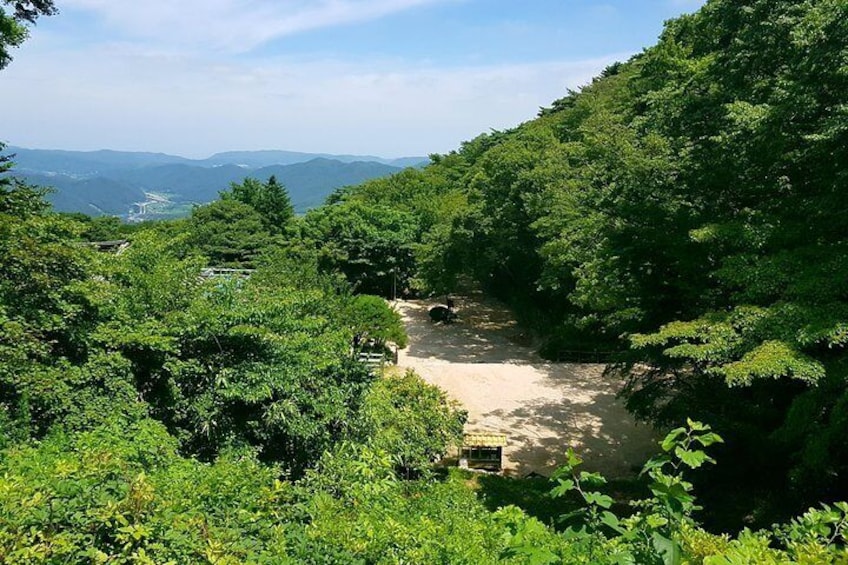




Gyeongju UNESCO World Heritage Sites and History Full-Day Tour with Lunch
By Busan Tourism Center
9.8/10
9.8 out of 10Free cancellation available
Features
Overview
Activity location
Meeting/Redemption Point
Check availability
Shared tour
A small group tour with other travelers
Pickup included
Starting time: 8:00
Price details
RM 830.69 x 1 AdultRM 830.69
Total
Until Sat, 26 Apr
Private tour
Secure private tour by choosing this option
Pickup included
Starting time: 8:00
Price details
RM 1,573.94 x 2 AdultsRM 3,147.88
Total
Until Sat, 26 Apr
What's included, what's not
Know before you book
- Public transportation options are available nearby
- Travelers should have at least a moderate level of physical fitness
- Children must be accompanied by an adult
- Adult pricing applies to all travelers except those aged 4 or under, who go free of charge
- Please wear comfortable shoes (high heels are not recommended)
- Sun screen is recommended
- Vegetarian option is available, please advise at time of booking if required
Activity itinerary
Location
Activity location
Meeting/Redemption Point
Best Deals on Things to Do
Experience the wonders of the world up close with great deals on things to do near and far. Expedia offers one-of-a-kind activities that allow you to explore Gyeongju your way. Whether you love nature, culture, food or a bit of adventure, we have the perfect activity for you.
Top experiences in Gyeongju
With so many things to do in Gyeongju, planning the perfect day out may seem like a daunting task. Expedia is here to take the hassle out of finding the best attractions, tours and activities in Gyeongju. Families, couples and business travellers can all find the perfect activity in Gyeongju to create life-long memories with the help of Expedia.